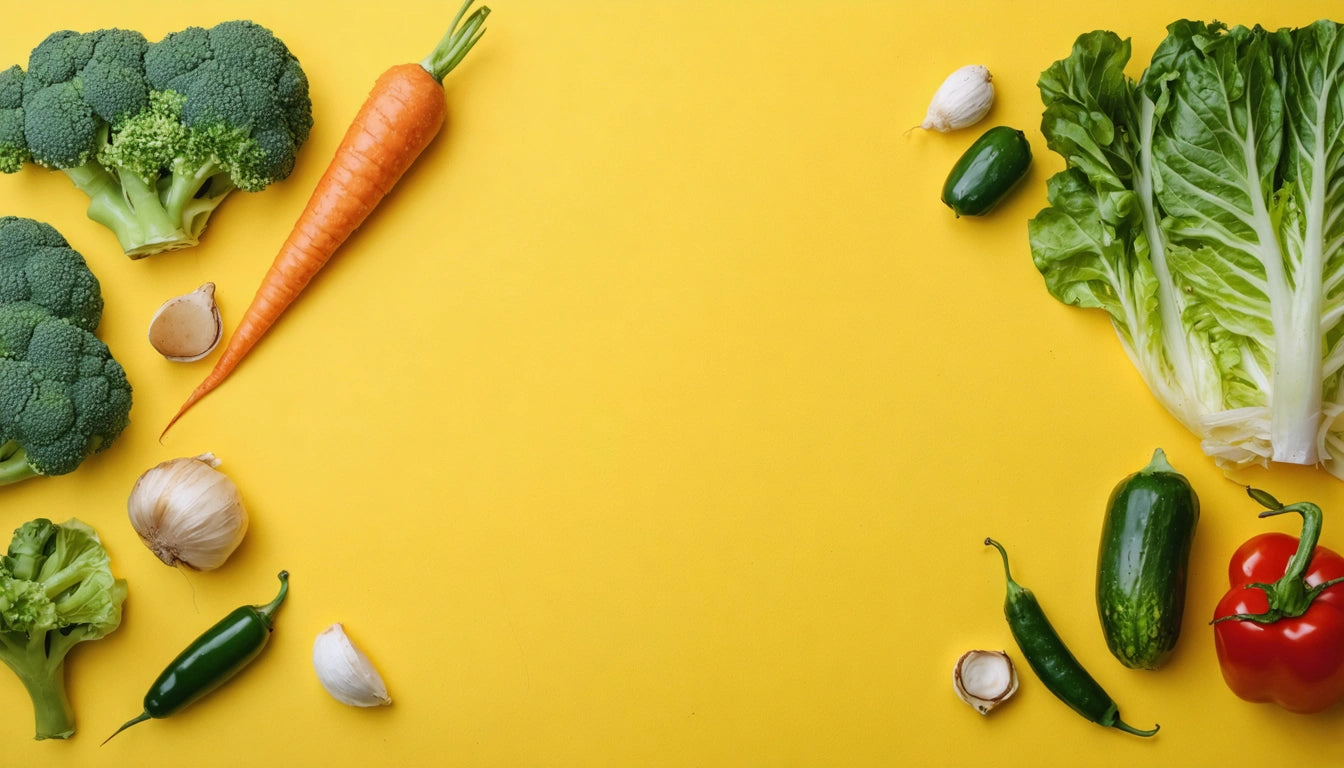How to Package Food Safely Without Killing Your Budget
Food packaging serves multiple critical functions: protecting contents from contamination, extending shelf life, providing consumer information, and ensuring safe handling throughout the supply chain. However, balancing these safety requirements with budget constraints can be challenging, especially for small businesses. This guide explores practical approaches to food packaging that maintain safety standards while keeping costs under control.
Balancing Safety and Cost in Food Packaging
The challenge of food packaging is finding the sweet spot between protection and affordability. Cutting corners on packaging can lead to spoilage, contamination, or regulatory violations, all of which ultimately cost more than investing in proper packaging from the start. According to food packaging experts, implementing smarter packaging solutions can reduce overall costs while maintaining or even improving safety standards.
Key considerations when evaluating packaging options include:
- Product requirements (moisture barriers, temperature resistance)
- Shelf life expectations
- Distribution channels and handling requirements
- Target audience needs
- Regulatory compliance
Regulatory Requirements for Food Packaging
Compliance with food safety regulations is non-negotiable, regardless of budget constraints. The FDA regulates food packaging materials through specific requirements for substances that may contact food. Additionally, packaging must include proper labeling with ingredients, allergens, nutrition facts, and handling instructions.
For products that may pose risks to children, special safety packaging requirements may apply, similar to those used for medications and household chemicals. These protective measures help prevent accidental ingestion while remaining accessible to adults.
Minimum Compliance Standards
Even on a tight budget, these baseline requirements must be met:
- Food-grade materials certification
- Proper sealing to prevent contamination
- Clear labeling with required information
- Tamper-evident features where applicable
- Allergen cross-contamination prevention
Cost-Effective Materials That Don't Compromise Safety
Several packaging materials offer good protection at reasonable price points:
Flexible Packaging
Pouches and bags require less material than rigid containers while providing excellent barrier properties. Multi-layer films can be customized to product needs without excessive costs. As noted in this guide for small food businesses, flexible packaging often reduces shipping costs due to lighter weight and space efficiency.
Smart Material Selection
Not every product requires premium packaging. Match material properties to your specific needs:
- High-moisture products need superior moisture barriers
- Shelf-stable items may use simpler, less expensive options
- Light-sensitive products require UV protection
- Frozen foods need cold-temperature durability
By precisely matching materials to requirements rather than over-engineering, significant savings are possible.
Smart Sizing and Portion Control
Rightsizing packaging to product dimensions reduces material use and costs. Excess packaging not only wastes money but can also compromise product integrity and create unnecessary waste.
Portion Sizing Benefits
Offering appropriately sized portions can:
- Reduce food waste from oversized packaging
- Lower material costs per unit
- Improve shelf efficiency
- Meet consumer demand for convenience
According to research on packaging's role in reducing food waste, proper portion sizing can significantly decrease both packaging material costs and food waste simultaneously.
Sustainable Options That Save Money
Contrary to common belief, sustainable packaging isn't always more expensive. Many eco-friendly options deliver cost benefits through:
- Reduced material usage
- Lower shipping weights
- Tax incentives in some regions
- Enhanced brand perception leading to customer loyalty
Simple switches like moving from plastic clamshells to paperboard boxes or using recycled content can reduce costs while improving environmental impact. The key is selecting sustainable options that align with both product requirements and budget constraints.
Cost-Saving Strategies for Small Food Businesses
Several approaches can help optimize packaging costs without compromising safety:
Bulk Purchasing
Collaborating with other small businesses to place larger orders can unlock volume discounts. Industry associations and food business incubators often facilitate such partnerships.
Standardization
Using standard sizes and formats across product lines reduces complexity and lowers costs. As packaging efficiency experts recommend, standardization simplifies inventory management and often qualifies for better pricing.
Digital Printing Advances
Modern digital printing eliminates plate costs and minimum order quantities, making small runs economically viable. This allows businesses to print only what they need rather than warehousing excess packaging inventory.
Future-Proofing Your Packaging Strategy
The food packaging landscape continues to evolve with innovative technologies that enhance safety while controlling costs. Investing in adaptable packaging systems that can evolve with changing regulations and consumer preferences provides long-term value beyond immediate cost considerations.
By implementing these strategies, food businesses can achieve the critical balance between safety compliance and budget management, ensuring products reach consumers safely without unnecessary financial burden.











Leave a comment
All comments are moderated before being published.
This site is protected by hCaptcha and the hCaptcha Privacy Policy and Terms of Service apply.